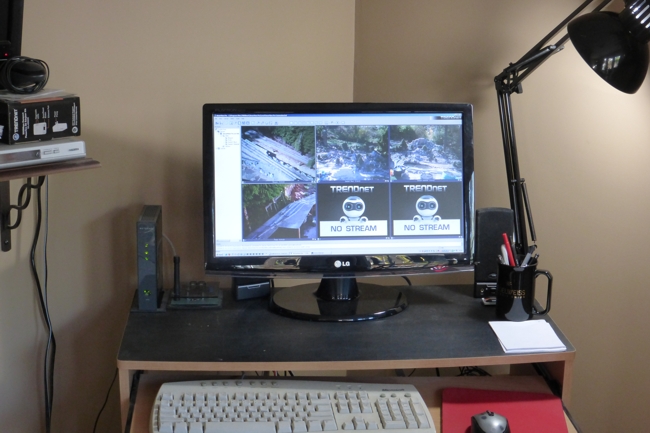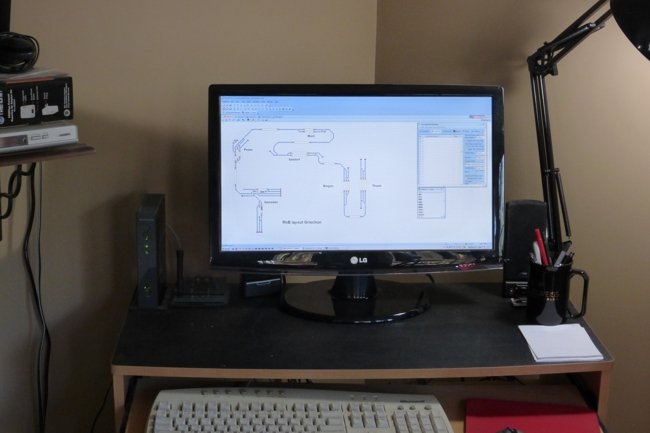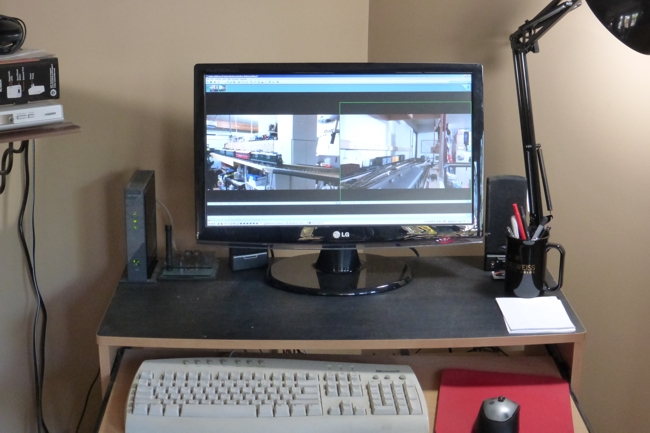|
|
|
|
|
|
Prototype
|
|
|
|
|
|
|
|
1969 marked the completion of the block signaling project on the Albula line and the simultaneous inauguration of the CTC function at Filisur. Meets and passes could be set up manually or executed in automatic mode.
|
|
|
This brought big advantages especially with extra trains running or when conditions were less than favourable e.g. during winter storms etc.
|
|
|
|
|
|
|
|
Model
|
|
|
|
|
|
|
|
There are a great number of automatically controlled layouts in any number of scales, operated with a number of different schemes with or without a computer. However the intention for our layout is slightly different; instead of leaving the work to the computer or some other means of sequencing, each train will be run by an engineer/conductor who, when fully implemented, will need to observe the signals along the line and take the required actions. The computer’s role will be to operate the signals according to the input from the occupancy detectors — automatic block control — and to allow the CTC dispatcher to override the automatic signal operation at any point and any time to take manual control. For just one section of the line or the whole line.
|
|
|
|
|
|
|
|
Hardware and software
|
|
|
|
|
|
|
|
|
The planned scheme includes several IP cameras to allow the dispatcher to visually check how things progress or what the hold up is. Strictly a matter of “perspective”. ;)
|
|
|
|
|
|
|
|

|
|
|
|
|
|
|
|
This is the dispatcher’s view on the monitor. One click away from the other displays that are available.
|
|
|
The main display shows the track schematic in Train Controller Bronze (Freiwald), that gives access to the electrically controlled turnouts and signals. It is also used to assign engines to trains and many other functions.
|
|
|
|
|
|
|
|

|
|
|
|
|
|
|
|
The third display is for the two webcams at Samedan.
|
|
|
|
|
|
|
|

|
|
|
|
|
|
|
|
As mentioned, two clicks and the actual situation becomes visible. Which is a lot more than what happens on the prototype.
|
|
|
|
|
|
|
|
Whatelse is required? How the trains will be detected and interfaced can be read here. (link to follow)
|
|
|
How the signaling will be tied in is written up on this page. (link to follow)
|
|
|
|
|
|
|
|
|
|
|
|